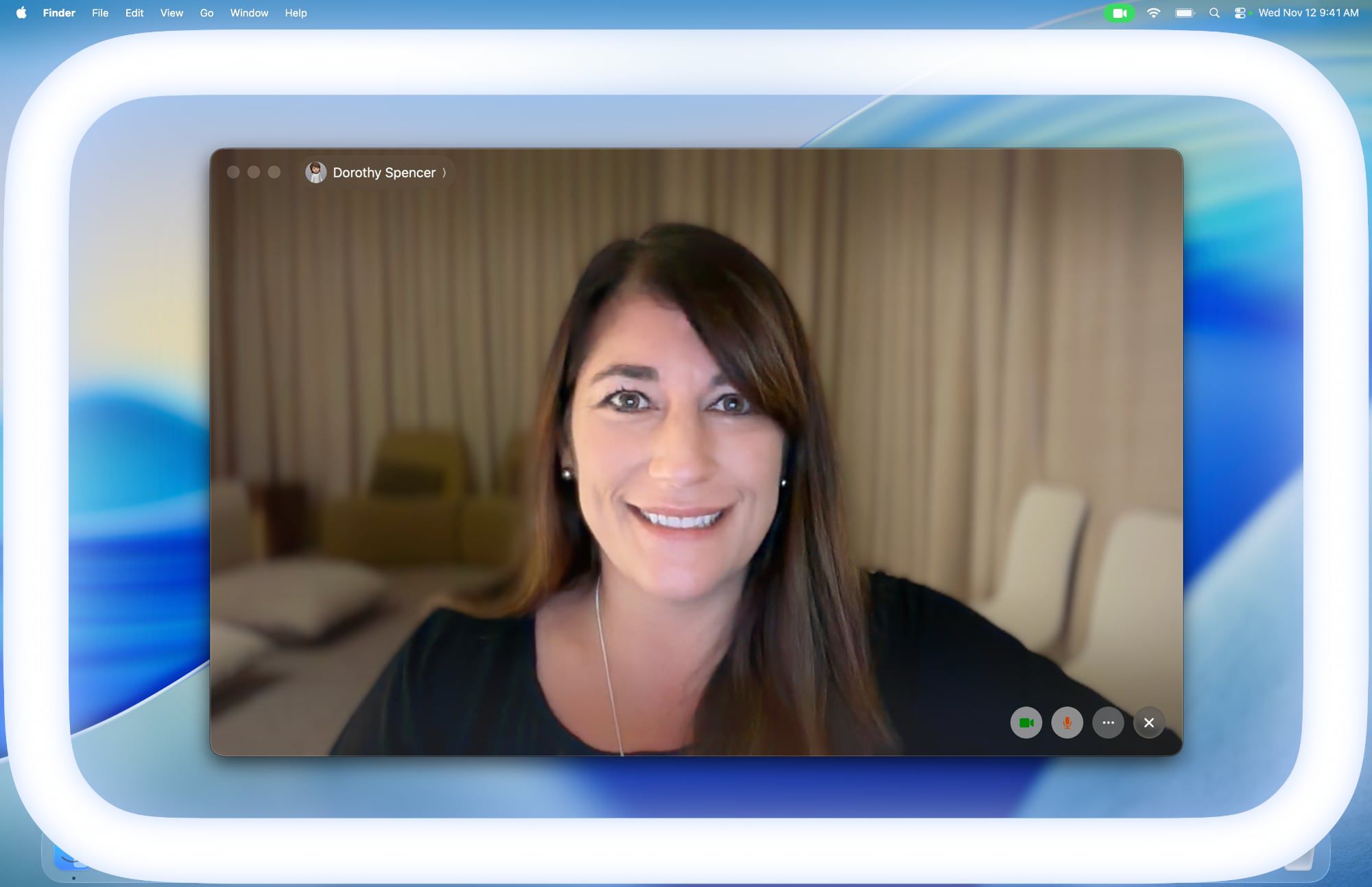Neuralink’s first patient, Noland Arbaugh, is “fired up” about the possibility of a second implant, this one aimed at helping him walk again.
“I can’t overstate how fired up I am about the Neuralink dual implant,” he says on X. “One in the brain, one below the injury, finally working together. The potential is unreal. Yeah… I’m amped.”
The 31-year-old became a quadriplegic after a 2016 diving accident, and received the Neuralink implant in 2024, which he’s named Eve. With it, he can control electronic devices, opening up ways to work, text, or play video games. He’s even writing a book.
But none of that helps him walk. A dual implant would go into his spinal cord, not his skull, like the first one. There, the idea would be to stimulate nerves and restore limb function.
Neuralink co-founder Elon Musk has teased the dual implant on X several times in recent weeks. “Noland might be the first to receive a Neuralink upgrade and/or dual Neuralink implant to further augment his abilities,” Musk wrote in October. “It won’t be long before a Neuralink recipient can beat most and eventually all humans at fast reaction video games.” (Bit of an unusual metric.)
Musk did not mention a timeline for Arbaugh’s potential dual implant, and it’s unclear if the technology for two implants to work together currently exists. Neuralink’s brain implant is now in place in at least 12 people, and the company reports having a waitlist of 10,000. Its device is considered highly invasive, requiring a robotic arm to drill into the skull. A device from rival Synchron sits inside a blood vessel and does not require drilling.
Recommended by Our Editors
Brain implants are an active area of development. In 2023, researchers at the University of Oxford developed an implant designed to restore limb function. Last month, Stanford Medicine successfully restored eyesight in patients through an implant, at least enough to read books and signs. This month, Microsoft partnered with Inbrain, which makes a tape-like implant that could deliver real-time therapy for patients with neurological disorders, such as Parkinson’s disease, epilepsy, and psychiatric or memory disorders.
Earlier this year, Apple debuted a standard Bluetooth connection for brain implants, allowing patients to control iPads, iPhones, and the Vision Pro with only their thoughts. Nvidia is also on a quest to train AI systems on brain activity data.

Get Our Best Stories!
Your Daily Dose of Our Top Tech News

By clicking Sign Me Up, you confirm you are 16+ and agree to our Terms of Use and Privacy
Policy.
Thanks for signing up!
Your subscription has been confirmed. Keep an eye on your inbox!
About Our Expert

Emily Forlini
Senior Reporter
Experience
As a news and features writer at PCMag, I cover the biggest tech trends that shape the way we live and work. I specialize in on-the-ground reporting, uncovering stories from the people who are at the center of change—whether that’s the CEO of a high-valued startup or an everyday person taking on Big Tech. I also cover daily tech news and breaking stories, contextualizing them so you get the full picture.
I came to journalism from a previous career working in Big Tech on the West Coast. That experience gave me an up-close view of how software works and how business strategies shift over time. Now that I have my master’s in journalism from Northwestern University, I couple my insider knowledge and reporting chops to help answer the big question: Where is this all going?
Read Full Bio










